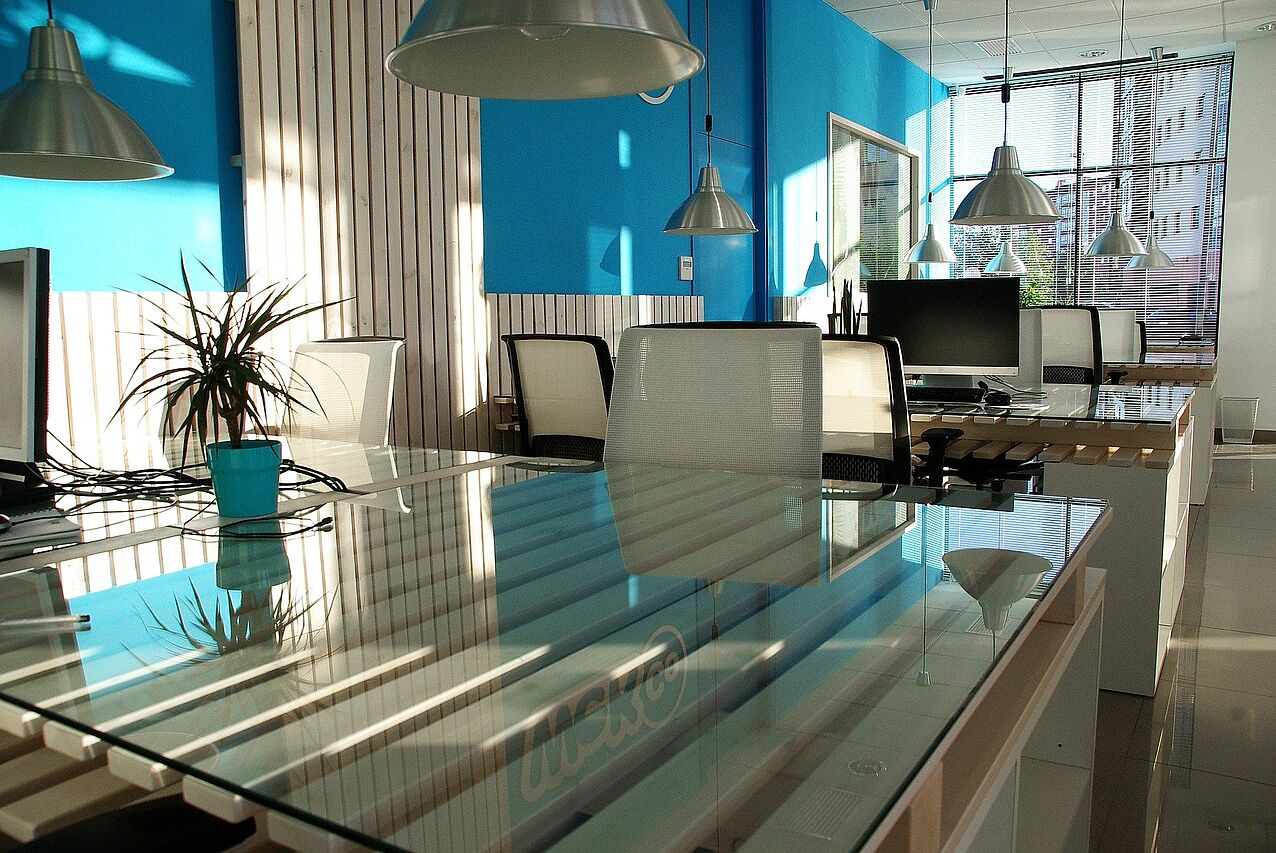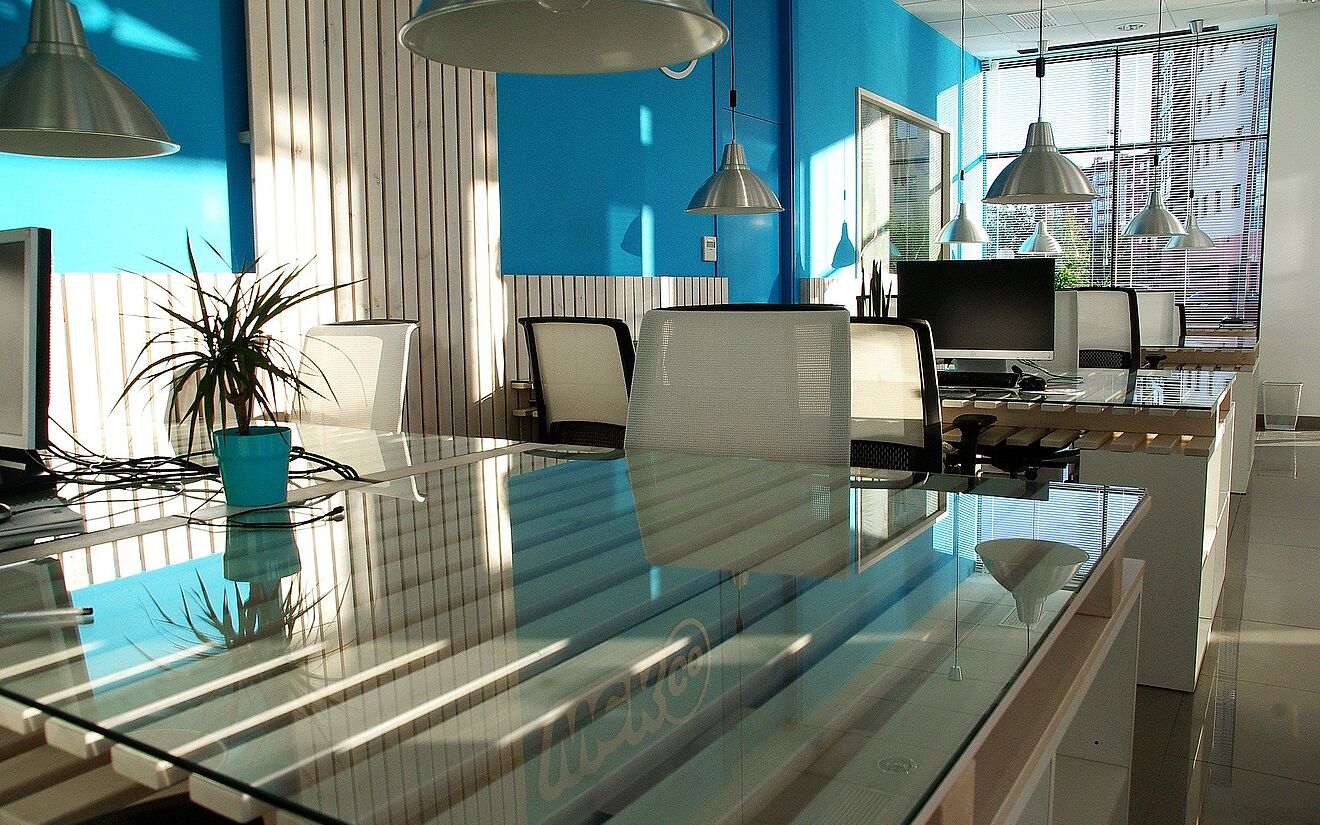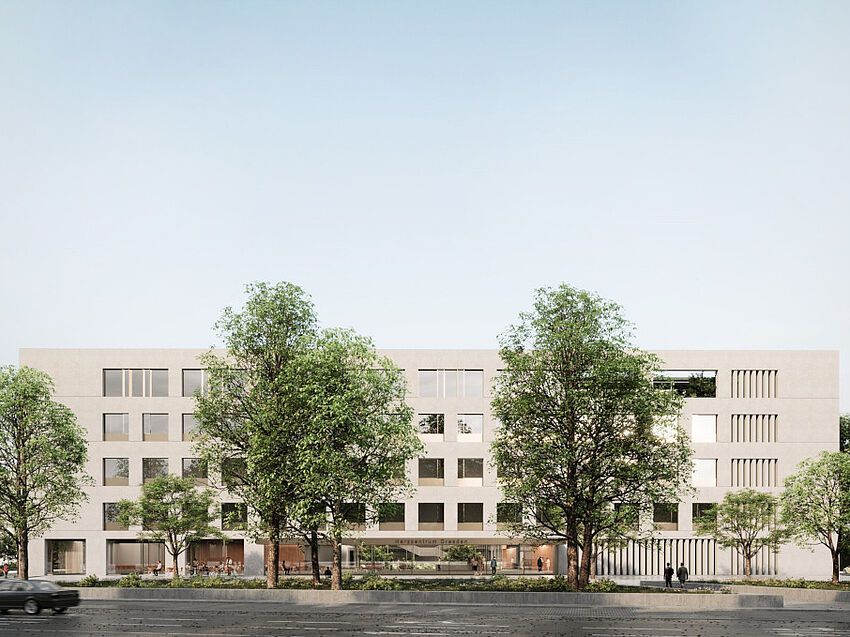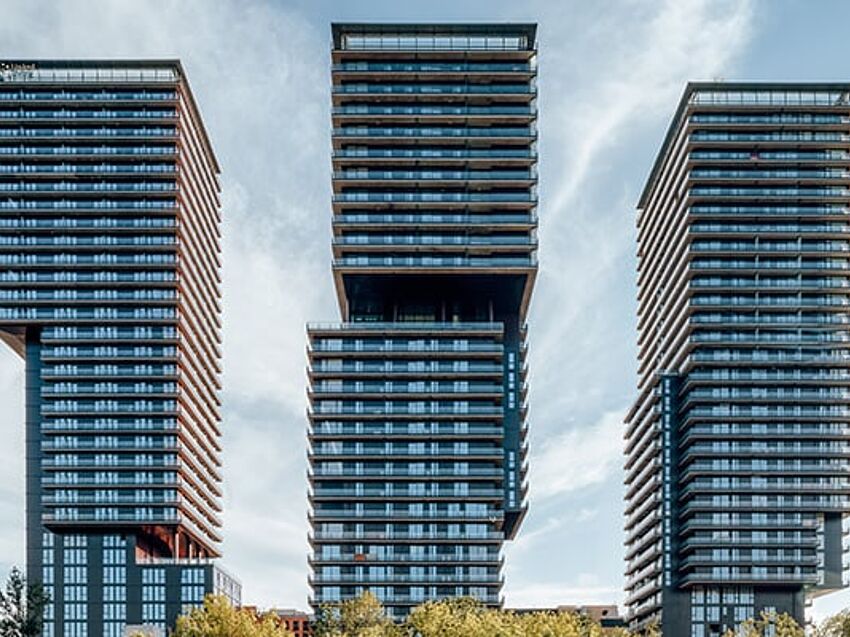ALLPLAN 2025-1: Smarter Workflows and Stronger Collaboration
Concentration, creativity, performance and mood are important factors for efficient working in the architect’s office, which depend greatly on the design as well as the working environment. But what does a good office look like? Work today is more varied and more complex than it used to be. This is why the interior design should be as diverse as the tasks. We will inform you about the latest trends and must-haves - for creative, communicative and concentrated working, which increases the productivity of your employees.

1. Form follows flexibility
A multi-functional room divider system is particularly suited to larger architect’s offices. It creates a room in the space and adapts to different work situations. It provides private areas for concentrated working, creates a comfortable place for exchanges with colleagues and organizes functional elements such as kitchen, cloakroom or printer. A solid wood table system is a counter to what is often sterile office furniture providing a natural aesthetic. Such system tables or desks can be combined in all manner of ways and enable a lot of flexibility.
2. Lounge areas for a work place that feels right
Jeff Miller, Vice President of office furniture manufacturer Poppin sees a big trend in the setting up of Lounge Areas. For if someone feels comfortable, they are more motivated and work more efficiently. This is a view shared by the team of Swiss architect’s office Kleinbrink & Co.: In a pilot project for Credit Suisse the architects planned a mere 158 work stations for 215 employees. Studies have shown that a permanent desk is only used 52 percent of the working time. This constitutes a major cost factor. Kleinbrink & Co. used the space acquired and budget savings for reading rooms, lounge areas, gardens and quiet areas. Surveys revealed that more than half the employees felt better and more motivated, 76 percent perceived the luxurious office as a sign of particular appreciation.
3.Freedom of mobility in the office
An employee who has freedom to move is more creative and more dynamic in his thinking. There are lots of different ways of fostering freedom of mobility even in smaller architect’s offices. In addition to height-adjustable desks, office chairs and mobile conference furniture there is also another method of adding mobility in the office: Stand-up meetings. They are the norm amongst architects for without coordination a construction project will not function. Practical experience shows that teams, who conduct their regular meeting standing, require less time to discuss relevant things. This raises efficiency.
4.Colourful instead of colourless
Painted working spaces boost the welfare of the employees and counter the office dreariness. This is also revealed by a study by the University of Applied Sciences and Arts (HAWK Hildesheim/Germany). Initial results show that red to yellow orange tones and earthy and wood tones inspire communication. A combination of white and sand colours with cool blue and green shades has a calming influence and promotes creativity.
5. Smart cable management
The modern architect’s office is well-equipped technically. In addition to CAD work stations, plotters are also part of the standard repertoire. Plus scanners and printers. But where can you put all the cables? A chaos of cables looks disorganized, even on the most functional designer desk. For proper cable management there are innovative docking systems which help you to restore order.
Private areas, feel-good atmosphere, freedom of mobility, colour freshness and smart cable management. With these five simple tips you can improve the efficiency of your staff. And it does not even have to be expensive.




